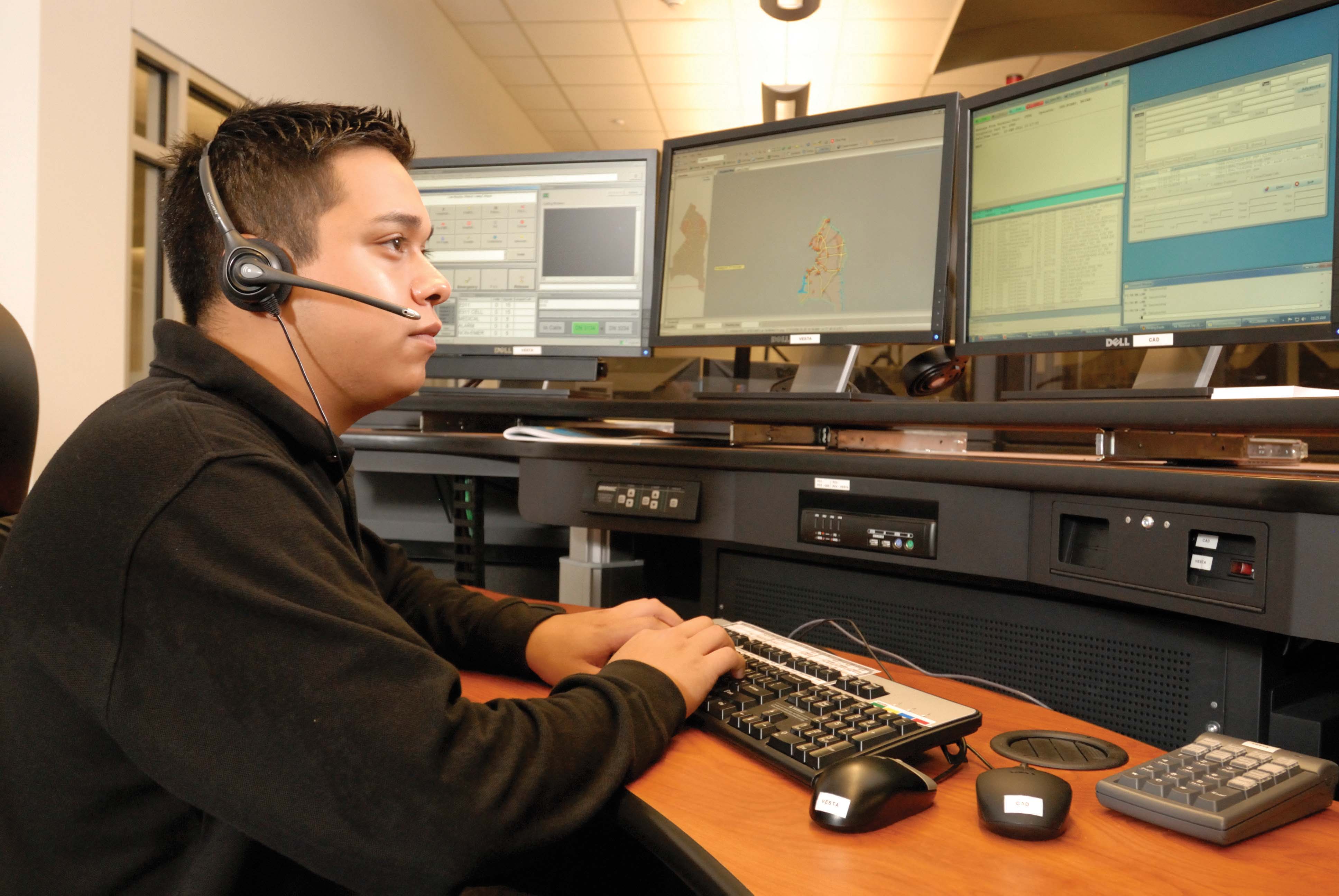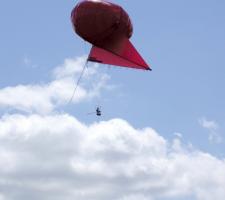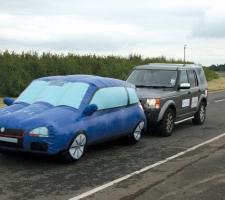
David Crawford looks at the latest developments in emergency response.
Ensuring speedier reactions to transport and travel crises is becoming increasingly important. US statistics suggest that as many as 1,000 ‘saveable’ lives can be lost each year in major cities because of operational defects in their SOS operations.
At the most basic level, improving emergency management and response can be a matter of integrating agencies and equipment for greater effectiveness. In June 2014, for example, the US city of Boston rolled out a US$15 million map-based ‘visually-aware’ computer-aided dispatch CAD system.
Supplied by geospatial software developer
It geocodes incoming calls on a display that also shows the nearest units to an incident, allowing dispatchers to scan them for appropriateness, eg in a potentially dangerous situation.
Nationwide, the US has some 6,100 public safety answering posts (emergency call centres known collectively as PSAPs) handling 240 million calls a year – one third from mobile phones. Their role in dealing with road traffic accidents and other transport crises is heading for a major technological uplift.
A 2011 report sponsored by the US Department of Transportation’s Research and Innovative Technologies Administration concluded that: “The devices and technologies people use to communicate with one another are growing, in both number and complexity, faster than the legacy 9-1-1 system’s ability to keep up.”
In response, the US is now rolling out its next generation 9-1-1, to replace existing narrowband networks that carry only limited (mainly voice) data.
Some US States have implemented next generation 9-1-1 and more than half the country is moving towards the situation where, as a starting point, any smartphone user (including a driver) with SMS capability can text an appropriately equipped PSAP (most are still currently voice-centred).
“Progress has been slow,” Roger Hixson, technical issues director of the US National Emergency Number Association (NENA) told ITS International. “But it is speeding up.” He expects next generation 9-1-1 to be “fairly ubiquitous within five years”.
The four major US telecoms companies that handle 9-1-1 calls -
But texting is just the beginning, says Sid McConahy, director of operations at US public safety consultants Mission Critical Partners (MCP), which advises administrations on issues such as broadband deployment and 9-1-1 operational analysis. “Next generation 9-1-1 is a journey. The PSAP environment will continually evolve with new technologies, processes and expectations,” he said.
Hixson looks forward to smartphones being able to send detailed information, including video and photos as well as telematics data from a crash site (or crime scene), via a PSAP direct to 9-1-1 dispatchers. Much of this the PSAP could trigger “as deemed appropriate”, he says, and depending on the telematics capability of the vehicle.
PSAPs could, in turn, send key data direct to a field responder such as an emergency medical technician. They would then be adequately briefed while en route to an incident on essential facts; and relevant data could also be sent to a trauma centre prior to a victim’s arrival.
One US technology company is already envisaging commercial prospects in this direction. California-based Location Labs, which Dutch mobile security group AVG recently bought for US$220 million, distributes its technology through the four large US wireless carriers.
It already allows users to, for instance, track family members and automatically lock down mobile phones to prevent driver distraction and so reduce the risk of accidents. Its Drive Safe app uses motion detection to determine if a phone is moving at more than 16km/h (10mph). Once it hits this speed, an automatic lock restricts access to only three whitelisted contacts and three whitelisted apps, as chosen by the user who can override to reach 9-1-1. The next step could be to transmit the photos and location data needed by emergency responders.
Says founder and CEO Tasso Roumeliotis: “Smartphones are very much underused as safety devices. They know exactly where you are because of wi-fi and GPS.”
Meanwhile, the US government-funded First Responder Network Authority, or FirstNet, is moving slowly towards its aim of providing a nationwide interoperable wireless broadband network that will connect all the nation’s 5.4 million first responders.
They would then no longer have to rely on commercial carriers to communicate critical information.
An independent agency sitting within the US National Telecommunications and Information Administration (NTIA), FirstNet is not intended to replace the existing system. Hixson welcomes the initiative, and looks forward to “integrating operationally with it”.
He also sees scope in the US for civilian versions of the aerostat miniature balloon, originally developed for surveillance by US forces operating in Afghanistan. The concept involves a mobile aerial platform, capable of rapid launch, which can lift a lightweight camera and 4G base station over 300m into the air and communicate over a 75km radius.
In a major incident, it could replace normal terrestrial communications infrastructure that has been destroyed or diminished to link up with ground-level video cameras and stream content to traffic or emergency control centres enabling them to base their responses on visual evidence. Claimed quantifiable benefits include the cost of a mobile phone at around €250 (US$300) as against conventional radios priced in the thousands.
Among suppliers of the equipment is Allsopp Helikites, whose founder, Sandy Allsop, told ITS International that it is superior to drones in having endurance of up to an hour, “as opposed to 10 to 15 minutes”, and “does not need very skilled operators. Anyone can fly it with only 30 minutes training”. There are also no legal restrictions of the kind that apply to drones, “which is of paramount importance in the US”.
The company is currently working on a portable ‘back-pack’ version, with its own helium balloon inflator, which a police officer or emergency responder could easily carry. This could cost around US$3,500 according to Allsopp, who said: “International development organisations are interested in the potential for disaster management.” Outside the US, the concept is the subject of the EU-supported Aerial Base Stations with Opportunistic Links for Unexpected and Temporary Events (ABSOLUTE) project, led by
ITS International also quizzed Hixson about the prospects of the US adopting a European-style universal automatic eCall-system – in addition to the private ones already offered by automotive manufacturers like GM’s subscription-based
The EU expects the technically and politically radical eCall equipment, which will be required in all EU Member States, to be compulsorily fitted to new cars and light vans from 2018 – some years later than originally anticipated. Vehicles will come off production lines pre-fitted with a GPS-based geolocating crash alert, triggered by airbag activation, which will flash an SOS direct to a PSAP.
According to the EU, when all mandated vehicles are equipped, it will save €20bn (US$25bn) annually on the current economic costs of road accidents of over €160bn (US$198bn) a year.
The scheme has industry implications well beyond the geographical boundaries of the EU because it will apply to vehicles that are imported from outside the continental grouping. In 2013, for example, US manufacturers shipped vehicles worth US$8.4bn into Europe.
In Asia, Japanese automotive electronics manufacturer
As for the US, Rookie says that he has “regular contact with tier 1 and 2 automotive OEMs.” Quizzed on any industry-wide initiatives to meet the incoming European requirements, a spokesperson for the Auto Alliance of 12 major US manufacturers said, “anti-trust laws would prohibit us from knowing company product plans”.













